About Temple
Tryambakeshwar, a religious centre of all-India fame is significant in two ways. It is the abode and one of the twelve most select abodes at that, of Shiva. Secondly, it is the source of the Godavari river, one of the two holiest watercourses of Maharashtra, the other one being Bhima. The association of the two is a very usual feature of our religious system and it is difficult to say which one enjoys greater prestige than the other. Without entering into this problem, which would by its nature be subjective, a discussion of both could be profitably undertaken. Tryambakeshvar is situated in a small village known as Trimbak.The temple of Tryambakeshwar Mahadev is a magnificent pile. Enclosed within a courtyard measuring some two hundred sixty by two hundred twenty feet, the temple is built in local black stone. On either side of the entrance are tall dipmalas with brackets of an artistic variety projecting from them. Next to these and in front of the temple is a small but extremely elegant structure- a small cupola, that houses the nandi, the vahan of the Lord. Inside it, with the foreleg slightly raised is a marble image of the bull. The easternmost part of the shrine is the mandap, square on plan and of massive proportions. It has a door on each side. Each of these entrances (except the western that opens into the antarala) is covered by porches. These porches have seperate roofs but have the same entabulature and cornice as the mandap from which they project. The openings of these porches are ornamented by cusped arches and moulded pillars. The roof is formed of slabs rising in steps from the architrave. These slabs are curvilinear externally and each supports a discoid termination, the shape of which is related to that of the surmounting dome. Above the discoid terminations is a lotus-like finial which gives what grace it may to the flattened domes of these ponderous structures. The antarala, a small rectangular verandah intervenes between the mandap and garbhagriha. The garbhagriha is internally a square although externally it is a multi-cornered star. The deep vertical offsets and horizontal mouldings, and the far projecting cornices create memorable shade and light patterns and give a rich and massive appearance to this huge pile. Numerous figures of animals and human beings and,yakshas and gods add to this chequered pattern. Running scrolls and small floral designs form parts of the sculptural wealth of the structure. Each pilaster-like projection has a niche in the centre, housing some image or the other. Above the garbhagriha rises a graceful spire with curvilinear outlines. Rows of kalash-like motifs decorate the corners. A giant amalaka surmounts the shikhar, the finial being a gift 'kalash'. Around the shikhar are clustered numerous miniature replicas of itself. This structure is the most elegant and complete specimen of the North Indian or Indo-Aryan style found in Maharashtra. It was caused to be built by the third Peshwa Balaji Bajirao (1740-1761) on the site of an older but much humbler shrine. It took nearly thirty-one years to complete the structure and cost somewhere in the vicinity of sixteen lakhs of rupees.
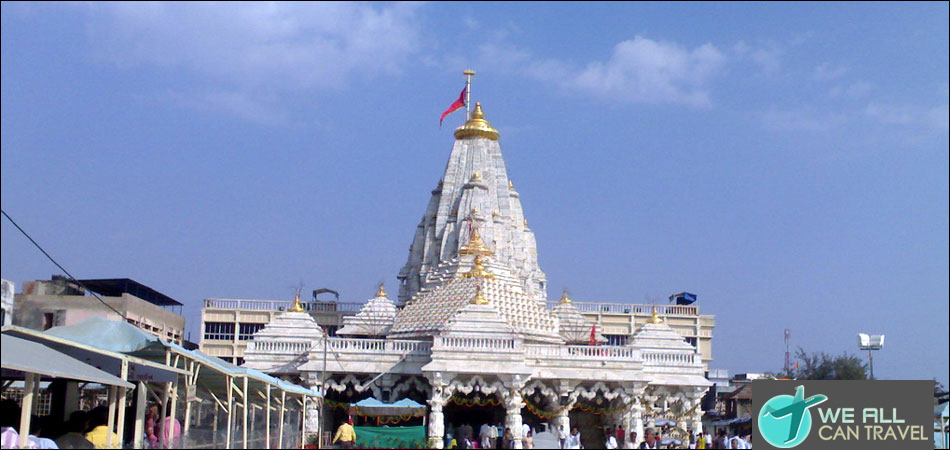 >> Ambaji Temple
>> Ambaji Temple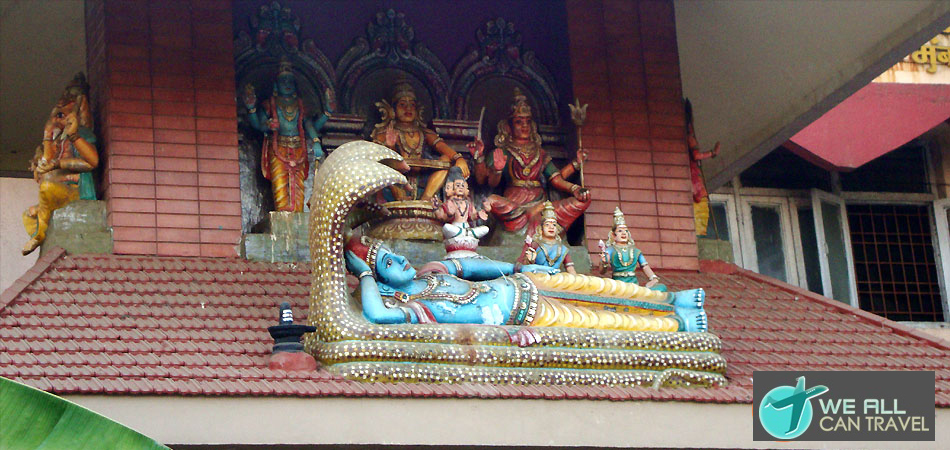 >> Ayyappa Seva Samgham
>> Ayyappa Seva Samgham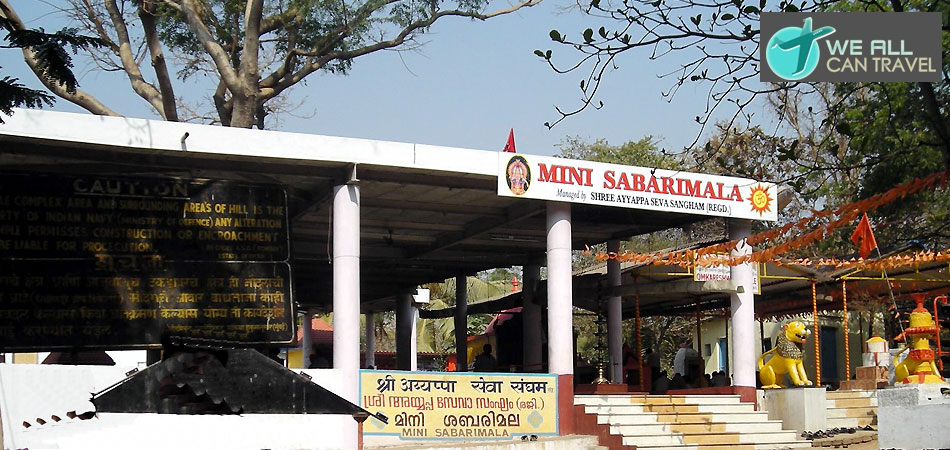 >> Mini Sabarimala Ayyappa Temple
>> Mini Sabarimala Ayyappa Temple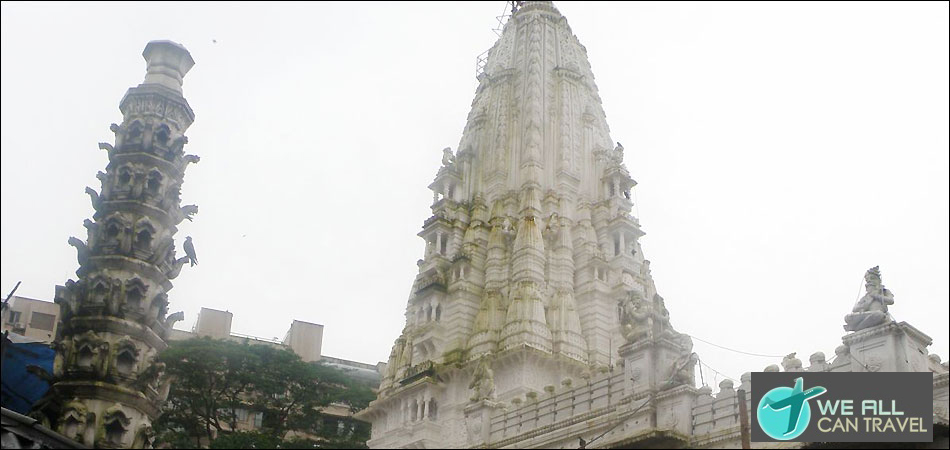 >> Babulnath Temple
>> Babulnath Temple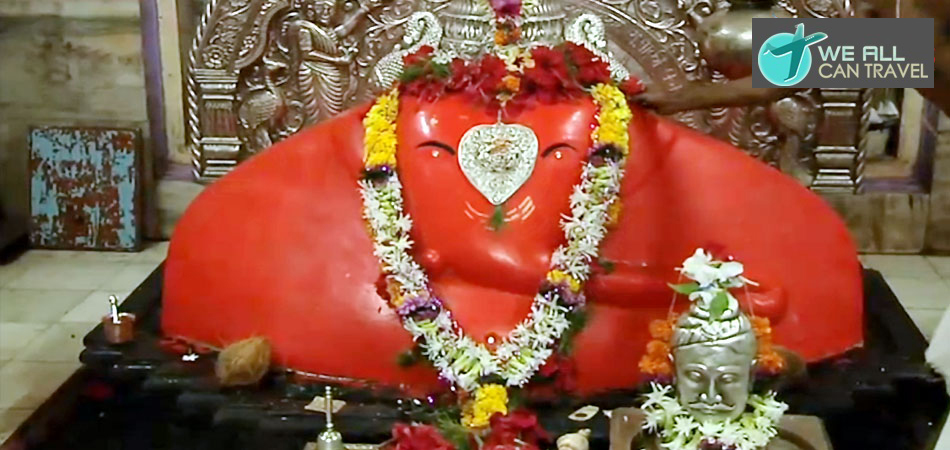 >> Ballaleshwar Ashtavinayak Temple
>> Ballaleshwar Ashtavinayak Temple